Building Ireland has once again returned to our screens for season three, where a number of experts explain aspects of built heritage and local landscape in Ireland. The geographical, engineering and architectural show has previously won the Industrial Heritage Association of Ireland’s (IHAI) Mary Mulvihill Media Award and this season is proving as entertaining as it is informative.
This season, there are just five episodes as filming was interrupted due to coronavirus. However, the team expertly walk us through the inspiration behind Dublin Airport’s architectural modernism in the 1930s and other projects that took Ireland into a modern era with ventures such as Turlough Hill and the Shannon Free Zone.
Dr Susan Hegarty is a lecturer of geography at Dublin City University (DCU) and she explores the town of Shannon in Co Clare, the first town in Ireland to be purpose built in over 300 years. “How the presenters got involved in the project is quite interesting, because none of us have a background in journalism or broadcasting, we’re all just really interested in our particular areas,” says Susan.
“Peter Kelly who is the producer of the series came and found all of us and saw that we’re passionate about what we do. It’s great because we’re coming at it from an angle of our expertise, rather than a presenter who is simply showing the buildings and landscapes.”
Susan’s passion and enthusiasm for her subject shows through when she speaks about Shannon. She describes how the town has a “fascinating story”, and she’s right. Many people pass by the town on a daily basis, without stopping to think about how it came into existence.
“When Ireland was becoming depopulated because of emigration and the poor rural economy, having the idea to create a duty-free area in the airport and extending that idea to the surrounding area, bringing business and people into the region, was remarkable.”
Compared with towns like Tallaght or Dundrum in Dublin, these sites already had a historical or geographical centre. They built the towns around already-existing villages, but there was no such existing village in Shannon.
They could have chosen to face the river, but instead, they chose to build it around three Drumlins
“If you pointed to a map of Shannon and asked a Junior Cert student why a town was built there, they would automatically look for a monastery or the river, but there’s none of that in Shannon,” says the geographer.
“That particular part of the Shannon is low lying, so in terms of the river, they had two choices,” says Susan. “They could have chosen to face the river, but instead, they chose to build it around three Drumlins, which are geological glacial features as the focus of the town.”
Anyone who visits Shannon can still see that the town was designed so that anyone working in the industrial centre can walk to work within ten minutes safely. “It’s built with car access around the outskirts, and pedestrian walkways in the centre. It looks completely different to any other town in Ireland.”
Because Shannon town was built in the 1960s visitors can see the modern architecture in the buildings and large parking spaces that were specifically designed towards car owners. A relatively new, yet modern phenomenon in the heart of rural Ireland.
Susan talks to many locals in the episode whose parents would have emigrated to England
The story behind the construction of Shannon town is that Brendan O’Regan was trained as a hotelier in Dublin and was asked by Seán Lemass, (who was the Minister for Finance at the time) to go and manage the restaurant in Shannon.
Brendan recognised that there was a captive audience with American tourists and came up with the idea of having tax free Irish goods at the airstrip. This eventually grew and expanded to the surrounding areas of the airport. This drew industry and workers from all corners of the globe, who also needed somewhere to live and so Shannon town was created.
Susan talks to many locals in the episode whose parents would have emigrated to England, but had since returned because of the availability of work. “We spoke to people who have grown up in the area, and that was fascinating because it became a multicultural hub with people from places such as America, South Africa and India.
Every episode is dotted with personal stories
“A group of women in the area got together and created a cookbook and shared recipes, so you have a local cookbook with curries, French cuisine, South African cuisine and more, all being shared by this community in Co Clare. Every episode is dotted with personal stories throughout and according to Susan, it’s these stories along with historical and geological facts that make the show so interesting.”
The show was scripted in collaboration with the production team and Susan initially found it strange compared to talking to students in the lecturing hall. “I really enjoyed talking to the audience through the camera lens. I’m really passionate about my subject matter and trying to get that across was just a lot of fun.”
Building Ireland continues every Thursday at 8pm on RTÉ One.
Read more
Living Life: where Boston meets Ireland
Living Life: The Race that Nearly Wasn't
Building Ireland has once again returned to our screens for season three, where a number of experts explain aspects of built heritage and local landscape in Ireland. The geographical, engineering and architectural show has previously won the Industrial Heritage Association of Ireland’s (IHAI) Mary Mulvihill Media Award and this season is proving as entertaining as it is informative.
This season, there are just five episodes as filming was interrupted due to coronavirus. However, the team expertly walk us through the inspiration behind Dublin Airport’s architectural modernism in the 1930s and other projects that took Ireland into a modern era with ventures such as Turlough Hill and the Shannon Free Zone.
Dr Susan Hegarty is a lecturer of geography at Dublin City University (DCU) and she explores the town of Shannon in Co Clare, the first town in Ireland to be purpose built in over 300 years. “How the presenters got involved in the project is quite interesting, because none of us have a background in journalism or broadcasting, we’re all just really interested in our particular areas,” says Susan.
“Peter Kelly who is the producer of the series came and found all of us and saw that we’re passionate about what we do. It’s great because we’re coming at it from an angle of our expertise, rather than a presenter who is simply showing the buildings and landscapes.”
Susan’s passion and enthusiasm for her subject shows through when she speaks about Shannon. She describes how the town has a “fascinating story”, and she’s right. Many people pass by the town on a daily basis, without stopping to think about how it came into existence.
“When Ireland was becoming depopulated because of emigration and the poor rural economy, having the idea to create a duty-free area in the airport and extending that idea to the surrounding area, bringing business and people into the region, was remarkable.”
Compared with towns like Tallaght or Dundrum in Dublin, these sites already had a historical or geographical centre. They built the towns around already-existing villages, but there was no such existing village in Shannon.
They could have chosen to face the river, but instead, they chose to build it around three Drumlins
“If you pointed to a map of Shannon and asked a Junior Cert student why a town was built there, they would automatically look for a monastery or the river, but there’s none of that in Shannon,” says the geographer.
“That particular part of the Shannon is low lying, so in terms of the river, they had two choices,” says Susan. “They could have chosen to face the river, but instead, they chose to build it around three Drumlins, which are geological glacial features as the focus of the town.”
Anyone who visits Shannon can still see that the town was designed so that anyone working in the industrial centre can walk to work within ten minutes safely. “It’s built with car access around the outskirts, and pedestrian walkways in the centre. It looks completely different to any other town in Ireland.”
Because Shannon town was built in the 1960s visitors can see the modern architecture in the buildings and large parking spaces that were specifically designed towards car owners. A relatively new, yet modern phenomenon in the heart of rural Ireland.
Susan talks to many locals in the episode whose parents would have emigrated to England
The story behind the construction of Shannon town is that Brendan O’Regan was trained as a hotelier in Dublin and was asked by Seán Lemass, (who was the Minister for Finance at the time) to go and manage the restaurant in Shannon.
Brendan recognised that there was a captive audience with American tourists and came up with the idea of having tax free Irish goods at the airstrip. This eventually grew and expanded to the surrounding areas of the airport. This drew industry and workers from all corners of the globe, who also needed somewhere to live and so Shannon town was created.
Susan talks to many locals in the episode whose parents would have emigrated to England, but had since returned because of the availability of work. “We spoke to people who have grown up in the area, and that was fascinating because it became a multicultural hub with people from places such as America, South Africa and India.
Every episode is dotted with personal stories
“A group of women in the area got together and created a cookbook and shared recipes, so you have a local cookbook with curries, French cuisine, South African cuisine and more, all being shared by this community in Co Clare. Every episode is dotted with personal stories throughout and according to Susan, it’s these stories along with historical and geological facts that make the show so interesting.”
The show was scripted in collaboration with the production team and Susan initially found it strange compared to talking to students in the lecturing hall. “I really enjoyed talking to the audience through the camera lens. I’m really passionate about my subject matter and trying to get that across was just a lot of fun.”
Building Ireland continues every Thursday at 8pm on RTÉ One.
Read more
Living Life: where Boston meets Ireland
Living Life: The Race that Nearly Wasn't




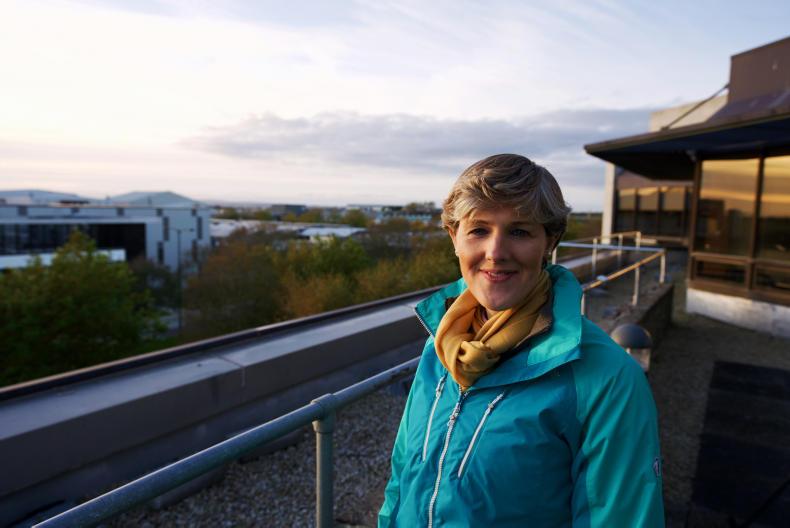
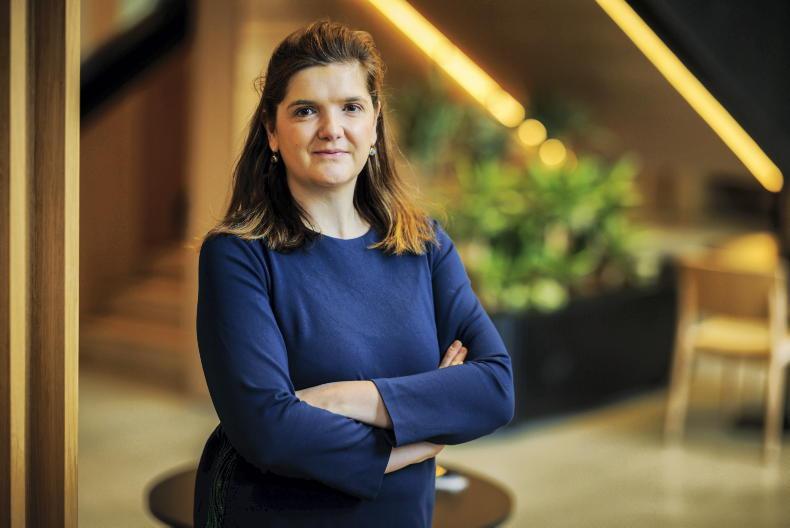
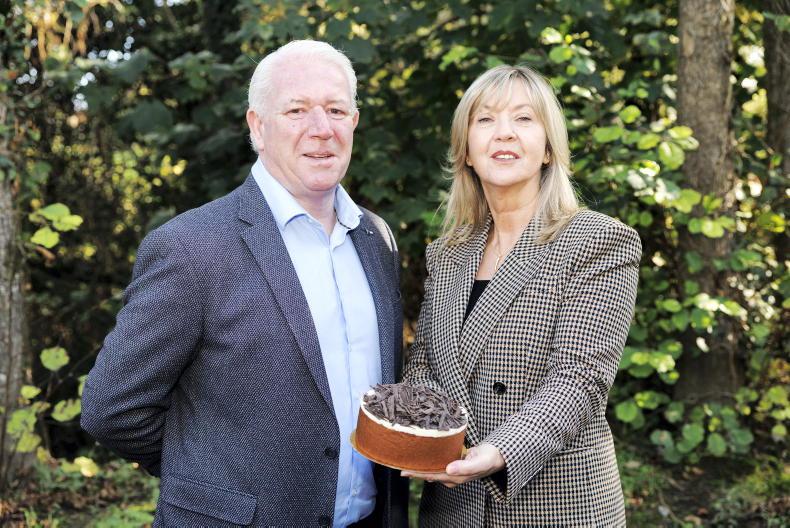
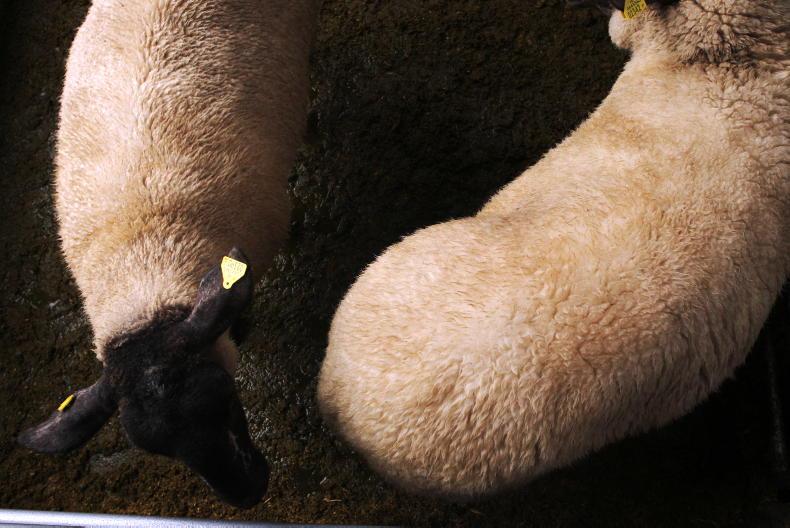
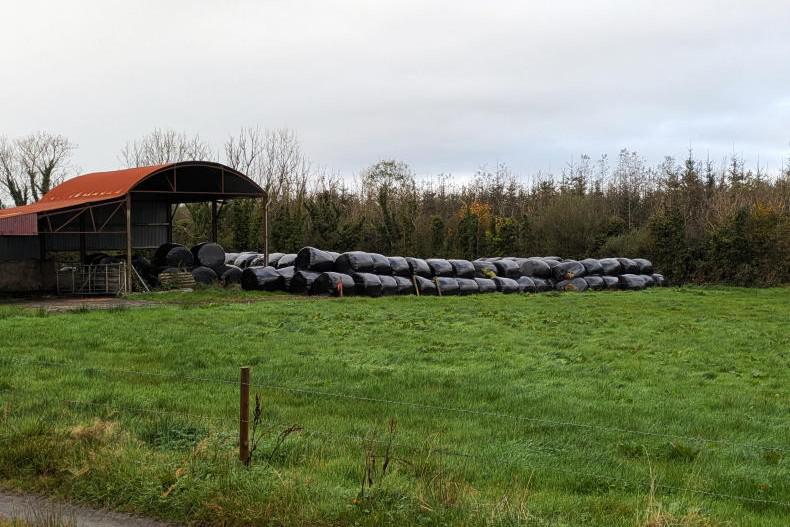
SHARING OPTIONS